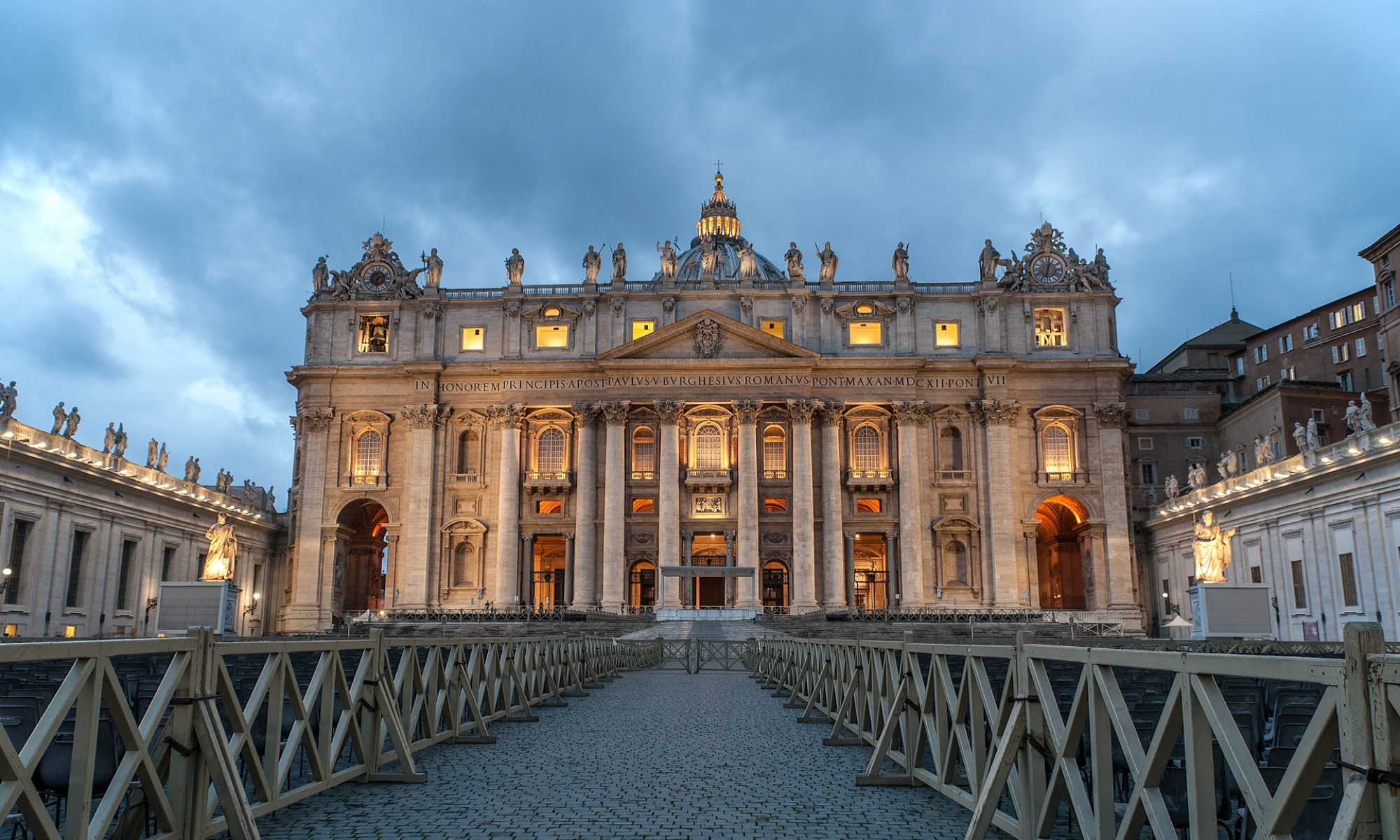Pope Benedict XVI is about to inaugurate the Year of Faith that will mark the 50th anniversary of the beginning of the Second Vatican Council (1962-1965) and the 20th anniversary of the publication of the Catechism of the Catholic Church. These two anniversaries have been put under the aegis of the Year of Faith and against the background of the New Evangelization which will be the theme of the imminent Synod of Bishops (7-28 October).
In conjunction with the beginning of the Year of Faith, there are two events that deserve attention: the entrusting to Mary of the Year of Faith by Pope Ratzinger and the newly granted indulgences for those who will take part in it. The Year of Faith will have strong Marian connotations and will be accompanied by indulgences. Both instances reflect deeply felt dimensions of the Catholic faith.
1. A Year Placed in the Hands of the Mother of God
Anniversaries and symbolic actions are important for Roman Catholicism. Fifty years ago, right before opening the first session of Vatican II, Pope John XXIII made a pilgrimage to Loreto to entrust the Council to Mary’s care. Loreto is a small city in central Italy where, according to tradition, is located the house where Mary received the annunciation and lived in Nazareth and was taken after being miraculously preserved from destruction. This Marian shrine, also called the “Holy House”, is one of the most important places of Marian devotion in Europe.
Just as Pope John XIII went to Loreto in 1962, so too did Benedict XVI on 4th October to entrust to Mary the Year of Faith that is meant to celebrate Vatican II. Ideally, then, as Vatican II was brought under Mary’s motherly care, so the Year of Faith begins with the same Marian connotation.
During his homily at the Marian shrine in Loreto, the Pope reflected on particular Marian themes using powerful analogies to illustrate the exemplar significance of Mary and to nurture Marian devotion. As the shrine is a “physical, tangible witness to the greatest event in our history, the Incarnation”, so Mary is the “place of his presence, a place of dwelling for the Son of God”. Mary is a “living house, the temple” of the Son of God; “where God dwells, all are at home”. Catholicism is very sensitive to the physicality of the faith, although the Pope never refers to the fact that this house is not the “real” house of Mary, but a medieval building that was fictionally attributed to Mary.
Benedict XVI also said that Mary is the mother of Christ and our mother in the sense that “she opens to us the door of her home”. The living house becomes our home where we are always welcomed, and the host of the house becomes the mother who always loves us. Powerful images are evoked and profound emotions are touched. Marian imagery sparks deep human sentiments. The Roman Catholic ability to develop and enrich the world of images is proverbial. The standing issue is what exactly is warranted biblically and what are the limits for these developments so they don’t become self-referential ends in themselves. As a matter of fact, the Year of Faith begins with a strong Marian tone, as did Vatican II and all other official Roman Catholic events.
2. The Year of Faith and Indulgences
The second event that is worth noting at the beginning of the Year of Faith is the decree by the Vatican Penitentiary, i.e. the Vatican Tribunal that deals with absolutions, dispensations and indulgences, and that disciplines the granting of indulgences during the coming Year. Plenary remissions of temporal punishment will be granted to all those who, after confession and Communion, follow at least three lectures on Vatican II or the Catechism in a church context, or make a pilgrimage to a Papal basilica or cathedral, or take part in a Mass on specific dates, or go back to the church where they were baptized to renew their baptismal vows.
This decree demonstrates that the apparatus of an old medieval practice is still in place and is a constant companion of the Church that remembers Vatican II and promotes the New Evangelization. Apart from its Marian piety, this is another defining feature of Roman Catholicism: new initiatives, like the New Evangelization in the context of the Year of Faith, are not taken at the expense of past traditions of the Church, but in continuity with them, even with those which have been and are strongly opposed by other Christians for the sake of the Gospel. In Rome nothing is lost, everything is embraced.
The terms “faith” and “evangelization” will be central in the coming year and will appear to be very close, if not the same, to the way Evangelical Protestants use them. However, any interpreter and observer of the Year of Faith will need to remember that they always convey the full display of Roman Catholic doctrine, spirituality and practices, not a selection of those according to one’s own preference.
Leonardo De Chirico
leonardo.dechirico@ifeditalia.org
Rome, 8th October 2012

